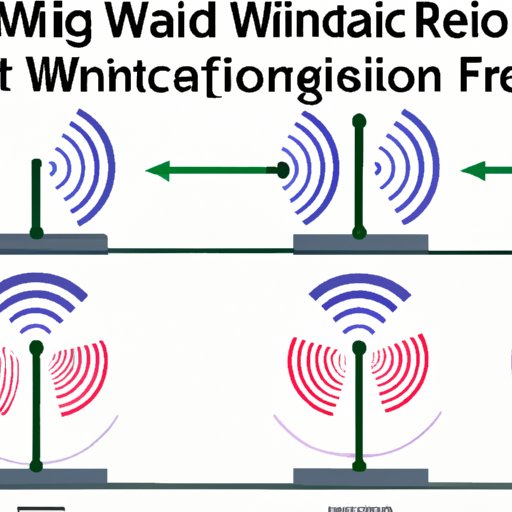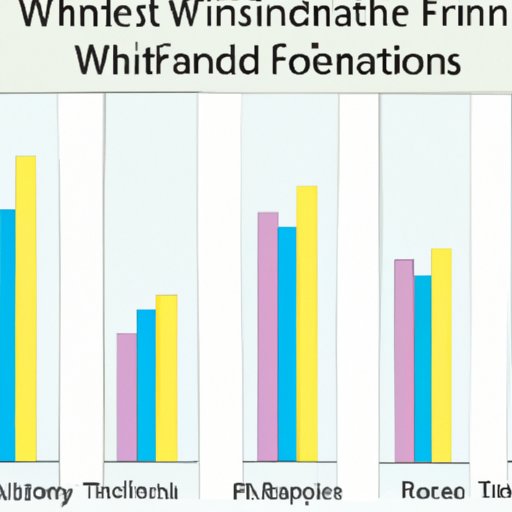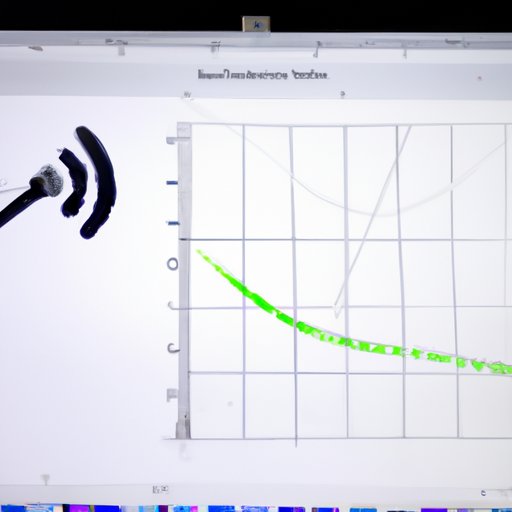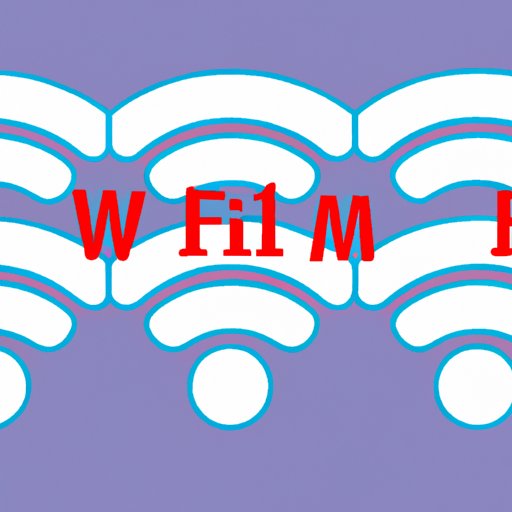
Exploring the Basics of WiFi Signal Travel
Wireless networks have become a vital part of our lives. We use them to connect devices to the internet, share files, and even control home appliances. But have you ever wondered how these WiFi signals travel? In this article, we explore the basics of WiFi signal travel and take an in-depth look at the physics behind it, the role of antennas, interference, frequency bands, and directional signals.
What is a WiFi Signal?
A WiFi signal is a type of wireless network that uses radio waves to transmit data between two or more devices. It is based on the IEEE 802.11 standard, which defines the rules for how wireless networks should operate. This standard defines multiple frequency bands, including 2.4 GHz and 5 GHz, which are used by most wireless networks today.
How Does a WiFi Signal Travel?
WiFi signals travel through the air using electromagnetic waves. These waves are transmitted from a device’s antenna and spread out in all directions. The further away the receiving device is from the transmitting device, the weaker the signal will be. This means that the signal strength will decrease over distance, so it is important to have strong antennas that can broadcast the signal far enough for it to reach its destination.

Understanding the Physics Behind WiFi Signal Propagation
In order to understand how WiFi signals travel, it is important to first understand the principles of wave propagation. According to the laws of physics, waves spread out in all directions from their source, and the power of the wave decreases as it moves further away. This is known as the inverse-square law. This means that the signal strength at any given point is inversely proportional to the square of the distance from the source of the signal.
For example, if the signal strength at one point is 1 watt, then at a distance of 2 meters the signal strength will be 0.25 watts. At a distance of 4 meters, the signal strength will be 0.0625 watts, and so on. This is why it is important to have strong antennas that can broadcast the signal far enough to reach its destination.

The Role of Interference in WiFi Signal Strength
Interference is another factor that affects the strength of a WiFi signal. Interference can come from other wireless networks, microwaves, Bluetooth devices, cordless phones, and other sources. This interference can cause the signal to be weaker than it would otherwise be, reducing the signal range and making it difficult for devices to communicate with each other.
Examining the Role of Antennas in WiFi Signal Distribution
Antennas are used to broadcast and receive WiFi signals. Different types of antennas are used for different applications, such as omnidirectional antennas that broadcast a signal in all directions, or directional antennas that focus the signal in a particular direction. The type of antenna used and the placement of the antenna can have a major impact on the signal quality.
For example, an omnidirectional antenna will provide a stronger signal in all directions, while a directional antenna will provide a stronger signal in the direction it is pointed. The placement of the antenna can also affect the signal strength, as placing the antenna too close to a wall or other object can reduce the signal strength.

Investigating the Impact of Interference on WiFi Signal Strength
Interference can have a major impact on the strength of a WiFi signal. There are several types of interference that can disrupt WiFi signals, including radio frequency interference, physical obstructions, and multipath fading. Radio frequency interference comes from other wireless networks or other electronic devices, and can reduce the signal strength significantly.
Physical obstructions, such as walls, can also reduce the signal strength, as they block the signal from reaching its destination. Multipath fading occurs when the signal bounces off of objects and arrives at the receiving device at different times, causing the signal to become distorted and weak.
There are several strategies that can be used to minimize interference, such as choosing the right frequency band, using directional antennas, and avoiding physical obstructions. Additionally, using a higher gain antenna can help increase the signal strength, as it can broadcast the signal further.
Exploring How Different Frequency Bands Affect WiFi Signal Quality
WiFi signals use different frequency bands, such as 2.4 GHz and 5 GHz. Each frequency band has its own advantages and disadvantages. For example, the 2.4 GHz band has a longer range but is more susceptible to interference, while the 5 GHz band has a shorter range but is less susceptible to interference.
Additionally, the 2.4 GHz band is better at penetrating walls and other obstacles, while the 5 GHz band is better at handling more data at once. It is important to choose the right frequency band for your specific needs, as this can have a major impact on the signal quality.
Examining the Benefits of Directional WiFi Signals
Directional WiFi signals can be used to improve the signal quality and reduce interference. Directional antennas focus the signal in one direction, which helps reduce interference and increases the signal strength. Additionally, directional antennas can be used to create “hotspots” in specific areas, such as a conference room or auditorium.
Setting up a directional WiFi signal requires careful placement of the antennas and careful consideration of the surrounding environment. Additionally, the antennas must be properly configured to ensure that the signal is focused in the desired direction.
Conclusion
In conclusion, WiFi signals travel through the air using electromagnetic waves. Understanding the physics behind this process, as well as the role of antennas, interference, frequency bands, and directional signals, can help us optimize our wireless networks and improve signal quality. By following the tips outlined in this article, we can maximize the performance of our wireless networks and enjoy a reliable connection.
(Note: Is this article not meeting your expectations? Do you have knowledge or insights to share? Unlock new opportunities and expand your reach by joining our authors team. Click Registration to join us and share your expertise with our readers.)
